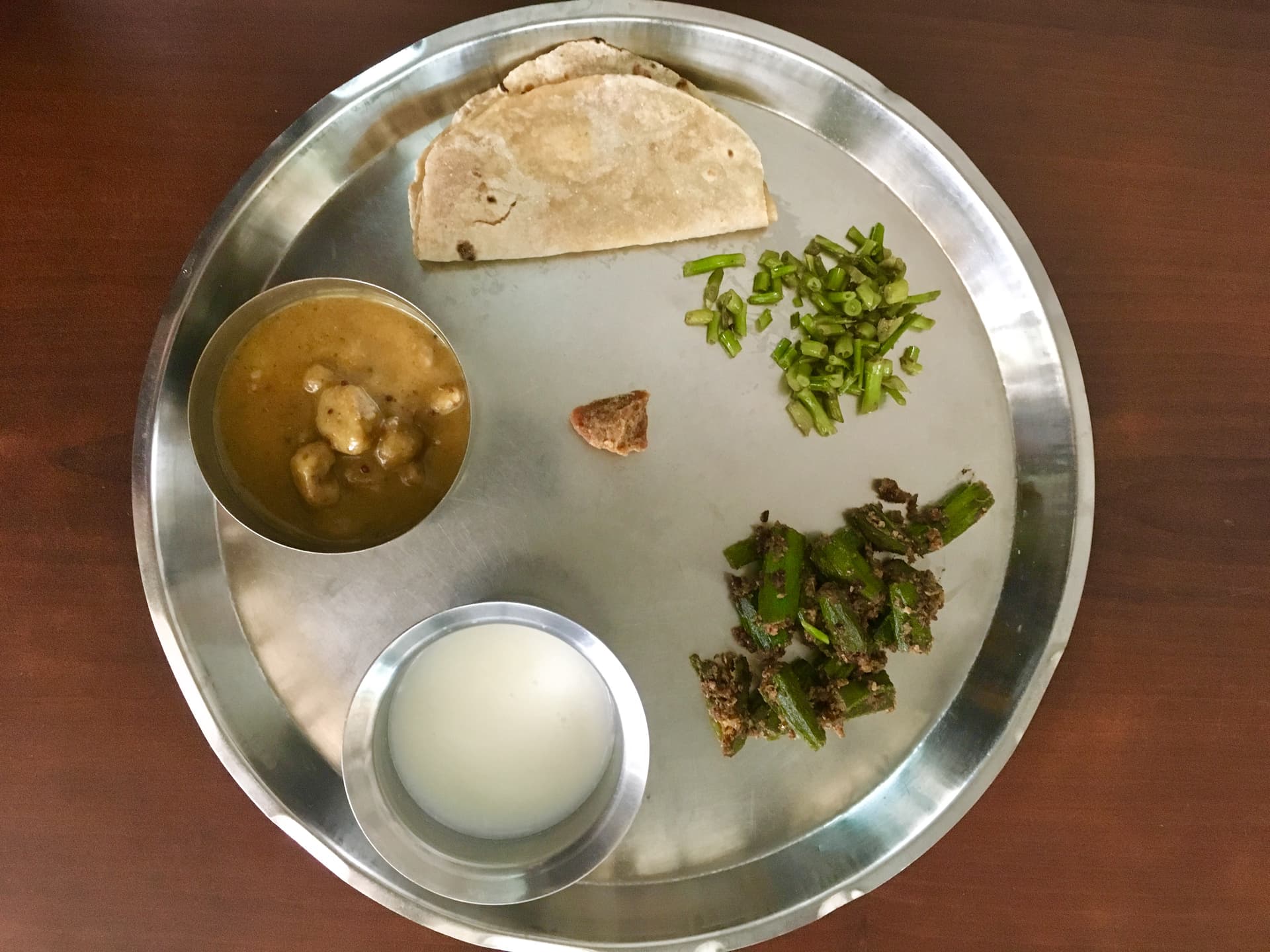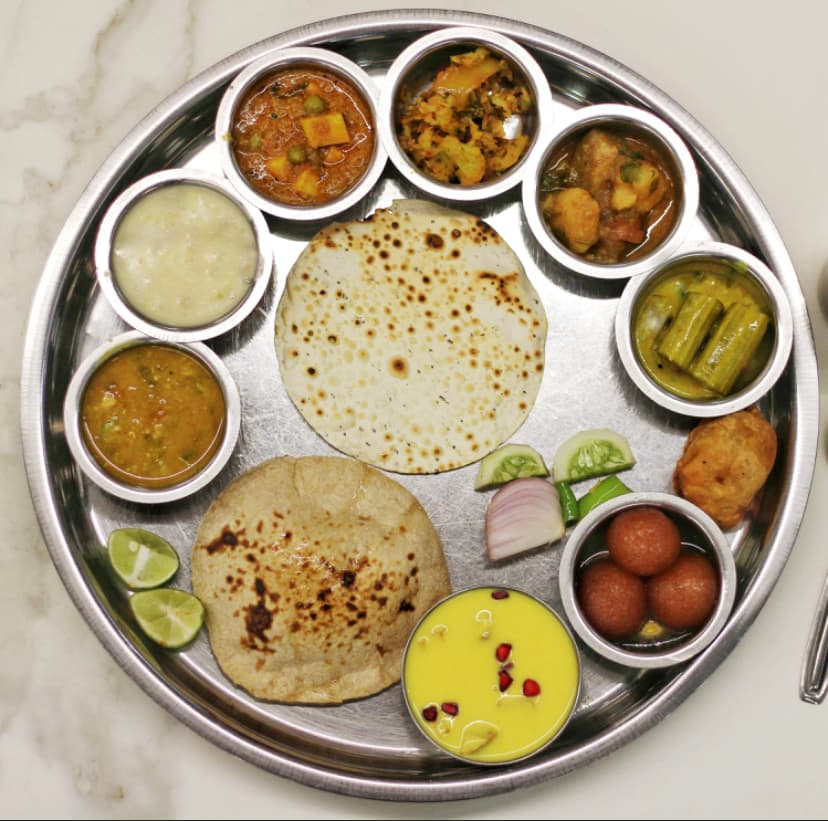Fans of B2M will know that the food is nothing like your high street curry house. There’s dishes you’ll probably have never heard of. And, of late, they’ve added another twist with their Sunday night “tasting menu specials”. Seven courses of food specific to a particular region of India. At £29.95, it’s not cheap but it is an absolute bargain for the quality of cooking and, if you like B2M, I’d certainly recommend you give it a try, as a culinary journey. So far, they’ve done menus of food from Goa, Punjab and Gujarat. And last night’s menu featured food from Mumbai’s Parsi community, in celebration of the Zorastrian New Year (Novruz). The community fled Iran centuries ago finding refuge in India, and over time, have adapted their traditional cuisine to their new home.
With a couple of exceptions, we hadnt come across any of the dishes, so had no idea if we’d like them or not. But that’s the fun of tasting menus like this.
First off, there was Osh-e-Meer, a lovely soup made with lentils, greens and noodles. Quite a lot of chilli in this one, so a definite “wake up call” for your tastebuds. Next up was Akuri. It’s usually a breakfast dish – lightly spiced scrambled eggs on toast. Then there was Marghi Na Farcha, a classic Parsi starter which the menu described as “equivalent to KFC but more flavourful, ancient and not frozen”. It was delicious – and when is fried chicken ever not delicious.
Now a dish we have come across before – keema pav – spiced lamb mince, served with chunks of toasted bread. That’s followed by a really fresh tasting fish dish – Patra Ni Machchi. It’s celebration food, often served at Parsi weddings (so Google tells me). The fillet is marinated with coconut paste and spices, coriander being very noticeable (that’s a good thing). It’s then wrapped in a banana leaf and steamed. So good.
Think of all the preceeding food as a selection of starters. You now come to the main course. It comes on a metal tray, with compartments, called a thali. You’ve seen this sort of thing in prison movies, where the prisoners all start banging their trays before the riot starts. There’s three curries. A very simple dish of potato cubes, flavoured with a scattering of mustard seeds and asafoetida. I’ve heard of the latter but not knowingly come across it. Sandeep bought me a little from the kitchen to smell. It’s a pungent, very savoury sort of smell. There’s chicken dhansak which may be familiar as a name from the curry houses where it’s often a sweetish dish flavoured with pineapple. In Parsi culture, this is a Sunday dish, akin in significance to a British family Sunday roast. There’s long cooked lentils, of varying types, and vegetable puree. It’s not sweet. It is excellent. And finally, another wedding celebration dish – Salli Boti – a lamb curry topped with potato straws. For carbs, there’s a flatbread and pilau rice, flavoured with very Iranian barberries for a hint of sharpness.
Which brought us to dessert. A cake made from semolina and milk, flavoured with dried fruits and nuts. Sweet but not overly so. A really nice ending to a really nice evening.












